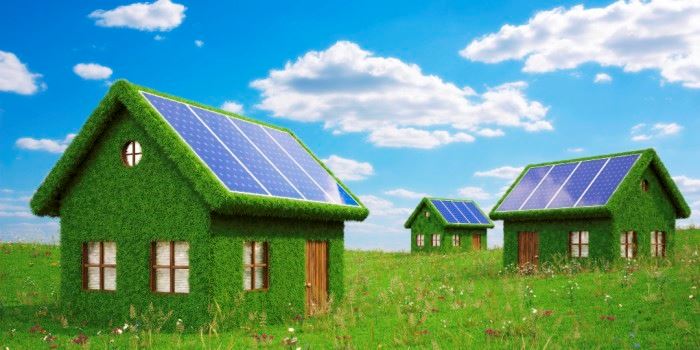“This is a guaranteed future development and will probably become part of both the Norwegian building tradition and universal climate change technology”, says physicist and SINTEF researcher Tore Kolås, who has just started work on a major research project looking into BIPV (Building-integrated photovoltaics).
Excellent conditions
Norway is ideally suited for exploiting solar energy. We have sufficient light in spite of our winter’s long dark nights and freezing temperatures. We are actually just as well suited as Germany or the UK. In fact, a cold climate is an advantage because solar cells are more effective in the cold.
“We’ve named the project ‘BIPV Norway’ and will be looking into how we can integrate solar cells into house-building materials and adapt the concept for Norwegian daylight and temperature conditions”, says Kolås.
His team includes researchers from SINTEF Building and Infrastructure, NTNU, the IFE and Teknova, all of whom have extensive experience working with both solar cells and building construction.
One of the challenges is to develop a solar cell which prevents the accumulation of snow and ice. The cells must also be robust enough to withstand harsh wind and weather conditions and thus have sufficient lifetimes to be able to function as effective electricity generators.
“However, we will also be developing the materials so as to maximise their ability to adapt to Norwegian daylight conditions where the sun is low in the sky and solar radiation commonly diffuse”, says Kolås.
Facts:
The aim of the BIPV Norway project is to identify and develop robust BIPV systems adapted to Norwegian climatic conditions and building traditions.
The project will run over four years and has a budget of NOK 19.4 million. Eighty per cent of this is being funded by the Research Council of Norway, and the remainder by a group of ten industry partners.
The project's key activities will be:
- to acquire data and documentation about existing BIPV systems installed in Norway
- to assess system performance and technical and architectonic integration
- to develop robust components and systems
- to carry out accelerated ageing and durability tests simulating Norwegian climatic conditions
- to investigate the link between aesthetic quality and solar cell efficiency
- to evaluate environmental impact and carbon footprint
- to evaluate the effects of snow and ice on electricity generation, surface robustness and durability
- to develop advanced material surfaces that prevent the accumulation of snow and ice
- to evaluate the effect of diffuse and variable solar radiation on electricity generation
- to develop advanced materials and systems that better exploit the sun's radiation
Project participants: The research partners are SINTEF Building and Infrastructure, SINTEF Materials and Chemistry, NTNU, the Norwegian Institute for Energy Technology (IFE) and Teknova. Industrial partners are Statsbygg, Glass og fasadeforeningen, Omsorgsbygg, Backegruppen, Rambøll, Asplan Viak, NorDan, Isola, Getek Solar and FUSen.
A natural alternative
“Our aim, purely and simply, is to develop systems that are so effective that it will be natural for developers to consider them when evaluating building materials in the design phase. The potential is enormous. Even today, windows are manufactured with in-built, semi-transparent, solar cells”, he emphasises.
Initially, the project will not be focusing on developing specific products, but will use the time to acquire a sound knowledge base as a foundation for future product development.
The trend is clear for everyone to see – solar cells are making their mark in Norway. Oslo Municipality is now offering subsidies to anyone who wants to integrate solar cells into their buildings. And from 15 January, Enova (the state-owned green energy funding organisation) has been offering grants to private households who want to install solar cells, while businesses can apply for grants if installation is part of an extension or major renovation project.

